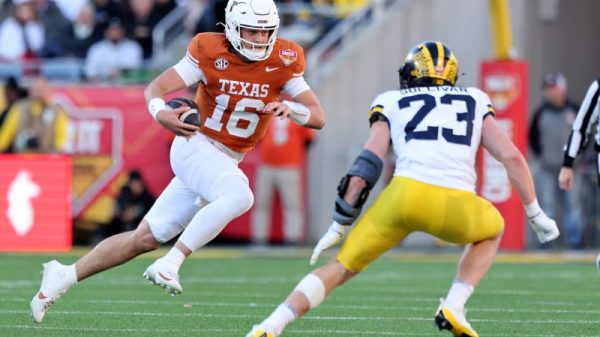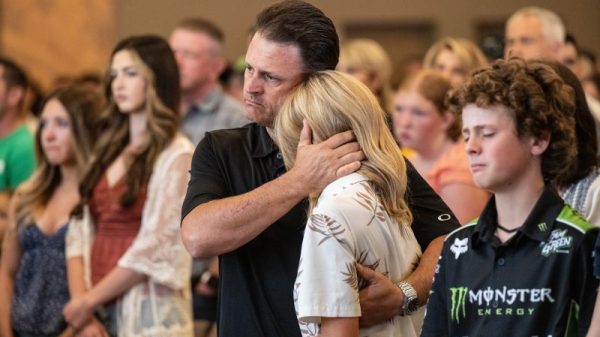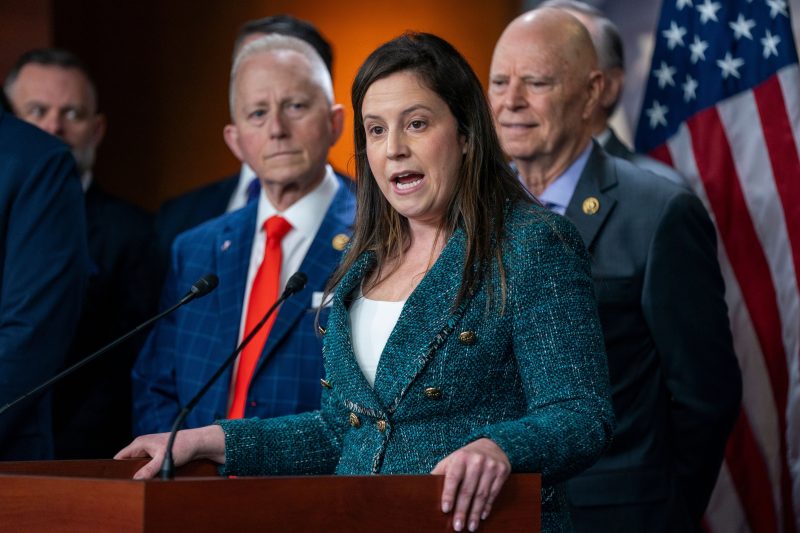This is one of those rare occasions when it actually makes sense to begin with a dictionary definition.
Webster’s — for 180 years, it has been Merriam-Webster, but who’s counting — defines “insurrection” as “an act or instance of revolting against civil authority or an established government.” The Cambridge Dictionary includes additional components: “an organized attempt by a group of people to defeat their government and take control of their country, usually by violence.” Then there’s the Oxford English Dictionary, which has it as “the action of rising in arms or open resistance against established authority or governmental restraint.”
You can see the vagueness here. It’s revolting against authority or the government, with or without weapons, to take control or simply as an act of resistance. It is a nebulous thing in its boundaries, which is either challenging or useful in the current moment, depending on how you look at it.
It is challenging because it makes it harder to apply to specific actors and actions that followed the 2020 presidential election. But it is useful — to House Republicans in particular at the moment — because it allows you to find a way to describe the attack at the Capitol on Jan. 6, 2021, as something other than an “insurrection.”
On Tuesday afternoon, House Republican Conference Chair Elise Stefanik (N.Y.) and Rep. Matt Gaetz (R-Fla.) gathered a few dozen colleagues to announce that they were introducing a resolution in the House “stating that President Donald Trump did not engage in insurrection.” The resolution says little more than that, in fact:
This issue has been the subject of a lot of rhetorical jostling in recent months, thanks largely to efforts to bar Trump from state ballots under the terms of the 14th Amendment’s prohibition against service in government by those who “engaged in insurrection or rebellion against the same.” Stefanik and Gaetz were explicit that they intended to neutralize those legal efforts by establishing formally that the government (or at least the Republican majority in one part of the government) didn’t think that applied to Trump.
At the news conference announcing the resolution, though, the assembled legislators — Trump supporters who had signed on to the plan — were perhaps less unified on the message than Stefanik and Gaetz might have hoped.
Many of those who spoke denied that there had been an insurrection at all. Rep. Eric Burlison (R-Mo.), for example, scoffed at the idea that there could have been an insurrection if the crowd didn’t have guns.
“Not one of the people up here was armed,” he claimed, “and I don’t know how you’re going to take over the Capitol if you’re not armed.”
In reality, of course, there were armed individuals at the Capitol on that day, not to mention that many of those who participated in the riot had sticks, chemical irritants and other non-firearm weapons. What’s more, Burlison’s argument is internally contradictory: The crowd did take over the Capitol.
“We welcome people telling us what we should be doing, how to vote,” Burlison said later. “Letting people express their frustration peacefully through their elected process and their First Amendment rights. Because as our founders have said, if they can’t do it through that process, they will do it through a more violent process.”
This, too, was striking, given that the entire reason that people were on Capitol Hill that day was because they’d been convinced — centrally by Trump — that their “elected process” had failed, necessitating more urgent action.
“At the end of the day,” Burlison said as he concluded, “you can’t say that Trump was involved in insurrection when there was no insurrection.”
This line was also common: It wasn’t just that Trump didn’t engage in insurrection, it’s that no insurrection occurred.
“Not one single person has been charged with insurrection. Not one single person has been convicted with insurrection. Not one,” said Rep. Marjorie Taylor Greene (R-Ga.). “In every single court of our land, no one’s been charged and convicted with insurrection, yet Democrats and dishonest people in the media every single day accuse President Trump of waging an insurrection.”
This, of course, is a strange argument. Numerous charges have been brought related to sedition — Webster’s: “incitement of resistance to or insurrection against lawful authority” — against members of organized extremist groups. There have been convictions on “seditious conspiracy” charges, suggesting, by Greene’s argument, that sedition necessarily occurred. Or, working the other direction, you wouldn’t say that someone hadn’t been killed if the killer was charged with “murder” instead of “killing.”
Greene, like others who spoke, seemed to have an unusually broad definition of “insurrection” in the first place.
“When they came to Washington and protested, all of you called it an insurrection,” she said, referring to those who participated in the riot. “And then when Joe Biden was inaugurated and this entire Capitol complex was surrounded with 30,000 National Guard troops, none of you stood there and called that an insurrection. Oh no. You all stayed silent.”
Well, yes, since “insurrection” posits a challenge to governmental power, not a transfer of it.
Other legislators seemed to accept that the rioters had perhaps engaged in something insurrection-like but that Trump bore no responsibility for it.
“The truth will prevail,” said Rep. Matt Rosendale (R-Mont.) “It will be shown that President Trump did not cause this insurrection.”
“President Trump did not incite violence, he did not lead an insurrection,” Rep. Cory Mills (R-Fla.) said later. “What he did is he stood for the American people.”
This is a different question than the one in the resolution, which — like the 14th Amendment — centers on whether Trump engaged in insurrection. And it is also a much harder position to defend.
There were lots of mentions of Trump’s having encouraged people to leave the Capitol (though not that this came hours after the violence began). There were quotes from his speech at the Ellipse that day in which he used the word “peaceful.” There was not, however, an exploration of the weeks of false claims Trump had made about the election being stolen, or his call for people to come to Washington on that day, or his reported indifference to the presence of weapons in the crowd at his speech or to his demand that morning that his supporters fight for him and the country.
Without Trump’s rhetoric and calls to action, there is unquestionably no Capitol riot. This is indisputable. Whether this constitutes an incitement of the riot? That’s a slightly different legal dispute.
“It is crystal clear that Donald Trump did not incite an insurrection,” Rep. Brian Babin (R-Tex.) said. It isn’t at all, but luckily for Babin et al, it’s also outside the scope of the day’s discussion.
At multiple points, speakers took a different approach to the day’s violence: Maybe it wasn’t Trump supporters at all. Rep. Eli Crane (R-Ariz.) furiously attacked the media for its incuriosity, suggesting that reporters consider debunked false claims like the role of Ray Epps. Rep. Anna Paulina Luna (R-Fla.) echoed similar concerns about the government, as did Gaetz when questioned by reporters.
Rep. Diana Harshbarger (R-Tenn.) was a member of the there-was-no-insurrection faction.
“President Trump and his supporters were vilified for doing nothing more than exercising their First Amendment rights,” she argued.
She later cited a Bible passage, using it to tee up a rather ironic warning.
“My message to the American people is simple: Armor up!” she said. “And get ready for the spiritual battle ahead. Because it’s going to be a battle.”
None of this effectively answered the question of whether Trump can be said to have engaged in insurrection, though none of those participating in the news conference were likely to say that he had. It was, instead, a presentation of the various ways in which Trump’s allies have long defended him from criticism, including by making sweeping, false claims that often spread unchallenged in the right-wing media.
What was important, really, wasn’t presenting a nuanced rebuttal of the issue or a parsing of the varying definitions of “insurrection.” What was important was telling America — and, obviously, Trump — that they wouldn’t stand for anyone saying he did anything wrong.
Whatever it was.



























